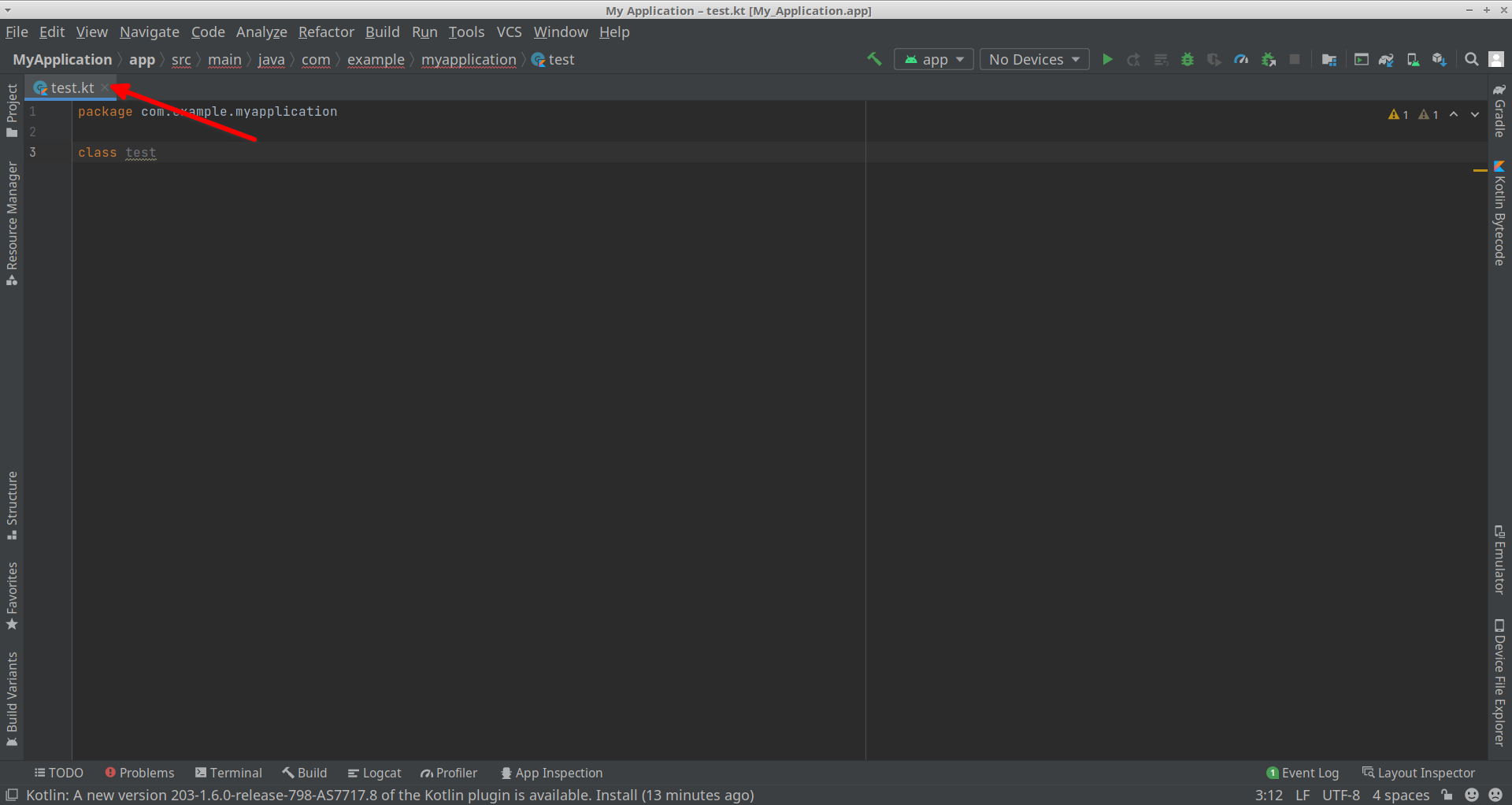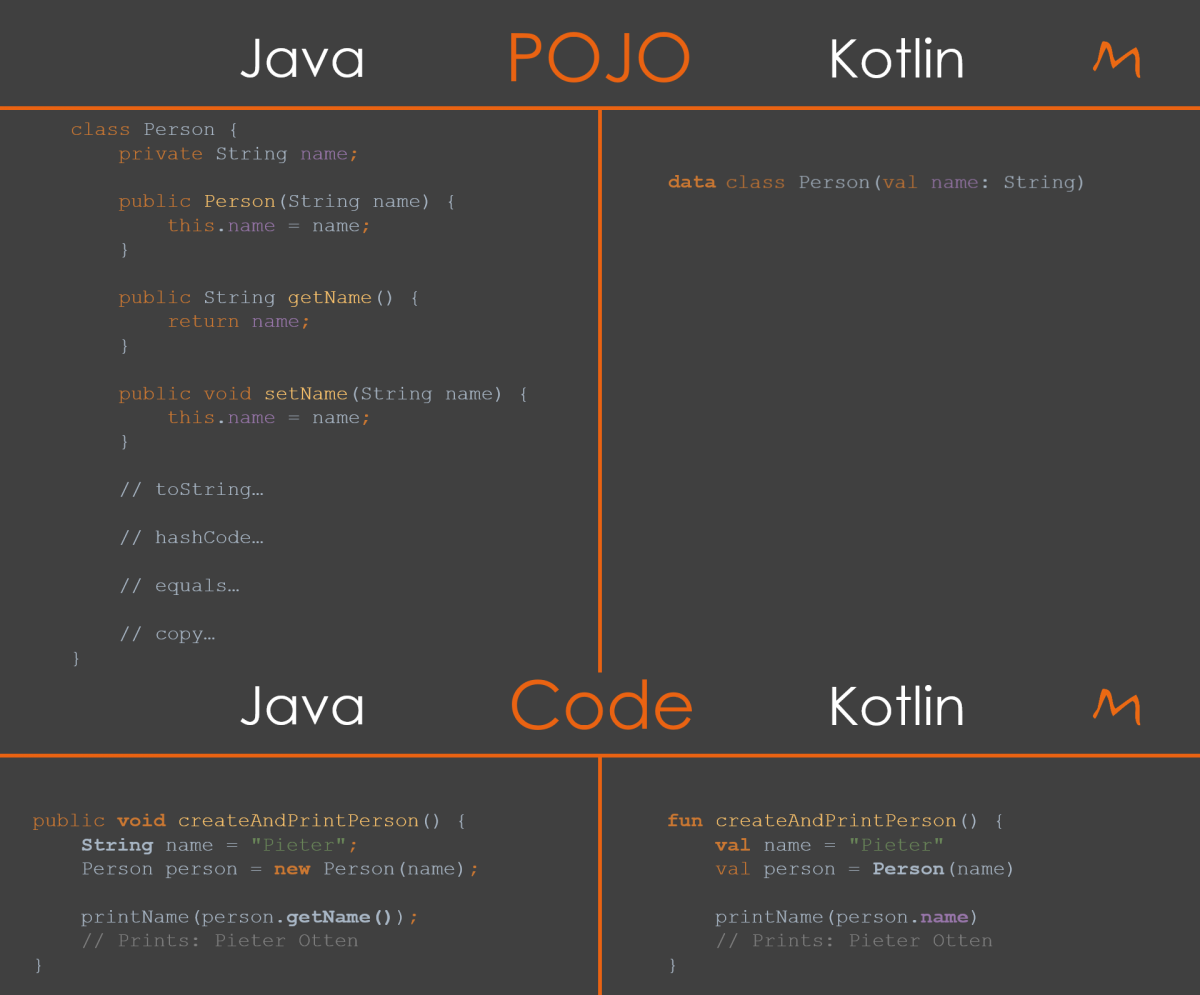



They mostly must be non-final with parameterless constructors and public methods. Java EE servers can be very picky about the way classes are structured. If you would like to run and test it, check the instructions on the GitHub. The project is in the jee/java directory. To get started, pull the fables-kotlin repo from GitHub. Our target for conversion is a simple Java WAR that can store and retrieve records from a database over a REST interface. Luckily, all those issues can be avoided. Java EE and Kotlin are not really best friends unless you make them. Both of these and mandatory parameterless constructors will ruin attempts to write functional-style code.Injection will introduce a lot of unnecessary null checks.While most frameworks require non-final classes, Kotlin classes are final.However, there are some subtle differences between the two that make conversion tricky: As it is fairly easy to convert Java to Kotlin, it seems that making Java EE applications in Kotlin should be a no-brainer.

So, it is recommended to convert the Kotlin code to Java code with the help of IntelliJ IDEA.ĭo share this blog with your fellow developers to spread the knowledge.One of the main strengths of Kotlin is good Java integration. The above method will generate the Java file but the code will be complicated to understand. Download theĪfter downloading the jar file, run the below command to get the Java file, out of your Now, we need to decompile the class file generated after the first step. To use Fernflower, follow the below steps: But the demerit of this method is that you will not get the pure Java file and you need to manually download the Fernflower jar file. So, instead of using the IntelliJ IDEA, we can directly use Fernflower. Under the hood, the IntelliJ IDEA uses the Fernflower. You will get the bytecode of your Kotin file.īutton to get your Java code from the bytecode. Open your Kotlin project in the IntelliJ IDEA / Android Studio. Steps to convert your Kotlin source file to Java source file: To integrate some feature that can be easily implemented in Java. So, it becomes easy to convert the Java code into Kotlin and vice-versa.įollowing are some of the advantages or reasons for converting Kotlin code to Java code: compiling the Kotlin code to the JVM bytecode and then decompile the bytecode to the Java code. Converting a Kotlin file to Java file involves two steps i.e.


 0 kommentar(er)
0 kommentar(er)
